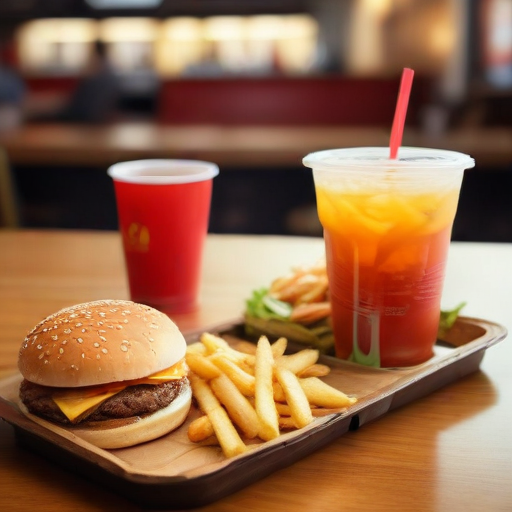McDonald’s has introduced a $5 meal deal that may provide a modest profit margin, estimated between 1% and 5%, translating to roughly $0.05 to $0.25 for each bundle sold, according to restaurant analyst Mark Kalinowski. This strategy aims to attract inflation-weary customers back to its locations, with the hope that once patrons enter the restaurant, they will be tempted to purchase additional items beyond the promotional meal.
However, the reality of profitability for this deal is contingent on various factors, including the costs of ingredients, labor, and general overhead expenses. Arlene Spiegel, president of consulting firm Arlene Spiegel & Associates, describes the $5 meal deal as more of a promotional tactic rather than a substantial profit driver.
Notably, approximately 95% of McDonald’s outlets are franchise-owned, meaning individual franchise owners need to determine their pricing and manage extra costs such as rent, insurance, permits, and taxes. Even with promotional offers, these costs can significantly impact the profitability of the meal deal. As Joe Erlinger, McDonald’s U.S. president, noted in May, franchisees often use such promotions to offset their overhead expenses. Ultimately, Spiegel emphasizes that after accounting for labor, packaging, delivery, and marketing costs, franchise owners may find that the meal deal erases any potential profit on the items involved.
This approach reflects McDonald’s strategy to remain competitive in a challenging economic environment, leveraging affordable meal options to restore customer traffic. While the immediate profitability may seem limited, this initiative could help strengthen customer loyalty and increase brand presence in the long run.
In summary, while McDonald’s $5 meal deal may not yield significant profits initially, it presents an opportunity for the fast-food giant to engage with customers in a meaningful way and potentially boost overall sales through increased foot traffic. This strategy could be a pathway to revitalizing customer interest in the brand amid inflationary pressures.
